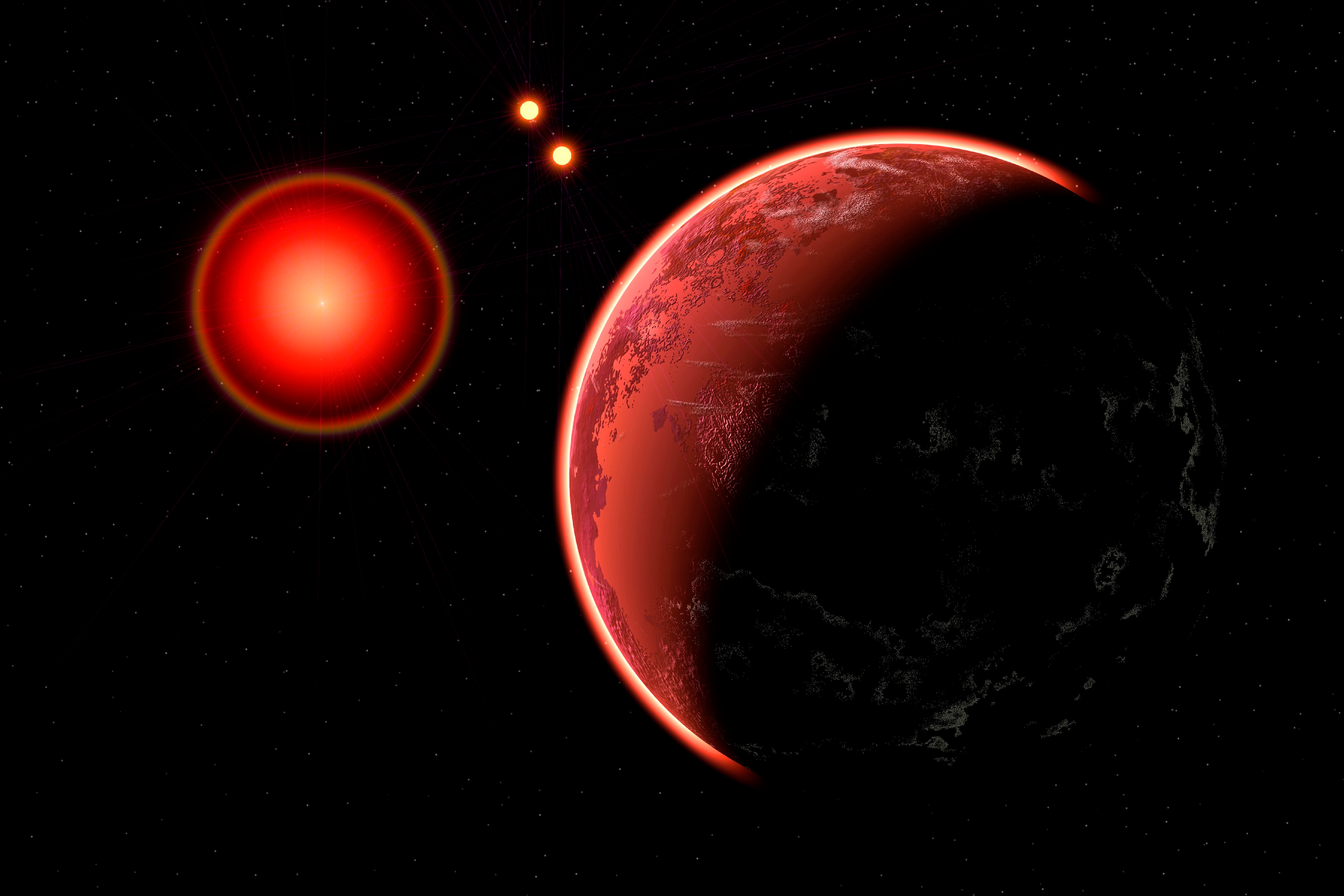Create a free profile to get unlimited access to exclusive videos, sweepstakes, and more!
ESA's planet-hunting space telescope is now seeking out exoplanets, and who knows what it could find

After floating around in space for several months, the ESA planet hunter CHEOPS is finally ready to scour the cosmos for planets we never knew existed.
CHEOPS (CHaracterising ExOPlanet Satellite) went through three months of grueling tests before proving itself ready for identifying new heavenly bodies. It operates similarly to NASA’s TESS spacecraft, using the transit method to identify dimming in a star’s brightness that could mean a previously unknown planet is passing right in front of it. ESA joined forces with Switzerland’s University of Bern and University of Geneva for this mission. Part of the challenge for CHEOPS was that scientists had to conduct many of these tests from home because of the COVID-19 lockdown. Somehow, they still pulled it off.
Factoid: Cheops was the Greek name for the ancient Egyptian pharaoh Khufu, who may not have discovered any alien planets but is believed to have commissioned the Great Pyramid of Giza (which does appear to pierce the sky).
“We were thrilled when we realized that all the systems worked as expected or even better than expected,” said CHEOPS Instrument Scientist Andrea Fortier from the University of Bern.
Cheops had to prove almost unreal precision before it got the approval to search for planets. As in, its measurements of the brightness of a star could not be off by more than 0.002%. The spacecraft also had to maintain that level of precision for two days. It sounds like extreme perfectionism, but when you think about it, recognizing a planet the size of Earth when it transits a star the size of the Sun (109 times Earth’s diameter) needs the sharpest telescopic eye possible. There are stars out there even more monstrous in comparison to the planets that fly by them. Transits can last several hours, but a planet may be difficult to detect if it’s so tiny in comparison to the star it orbits.
Among other objects, one star CHEOPS had to stare at was HD 88111 in the Hydra constellation. There are no known planets orbiting this star, which is around 175 light years away from Earth. CHEOPS imaged HD 88111 every 30 seconds for 47 hours on end — that’s 5,640 photos. Another important focal point was the planet KELT-11b in the planetary system HD 93396, which is located 320 light years away, in the Sextans constellation. Its star is three times the size of the sun. That gives KELT-11b almost eight hours to make its way across, so CHEOPS would have plenty of time to observe.
“The completion of the test phase was only possible with the full commitment of all the participants, and because the mission has an operational control system that is largely automated, allowing commands to be sent and data to be received from home,” said CHEOPS Principal Investigator Willy Benz, also a professor of astrophysics at the University of Bern.
The team expected dips in brightness that could be caused by asteroids or anything else. Cosmic rays, any jitters in the spacecraft’s movement, or other stars CHEOPS saw could confuse it. What it found was that HD 88111’s light curve, the curve that shows any changes in brightness over time, was flat. The light curve for KELT-11b showed the dip that occurred as expected. These images were analyzed with an automatic software package and by team members, because sometimes human eyes can catch what computers miss.
CHEOPS is capable of measurements five times more accurate than those from Earth. Now that it’s joined TESS in the search for alien planets, who knows what will emerge from the darkness?
(via ESA)


























